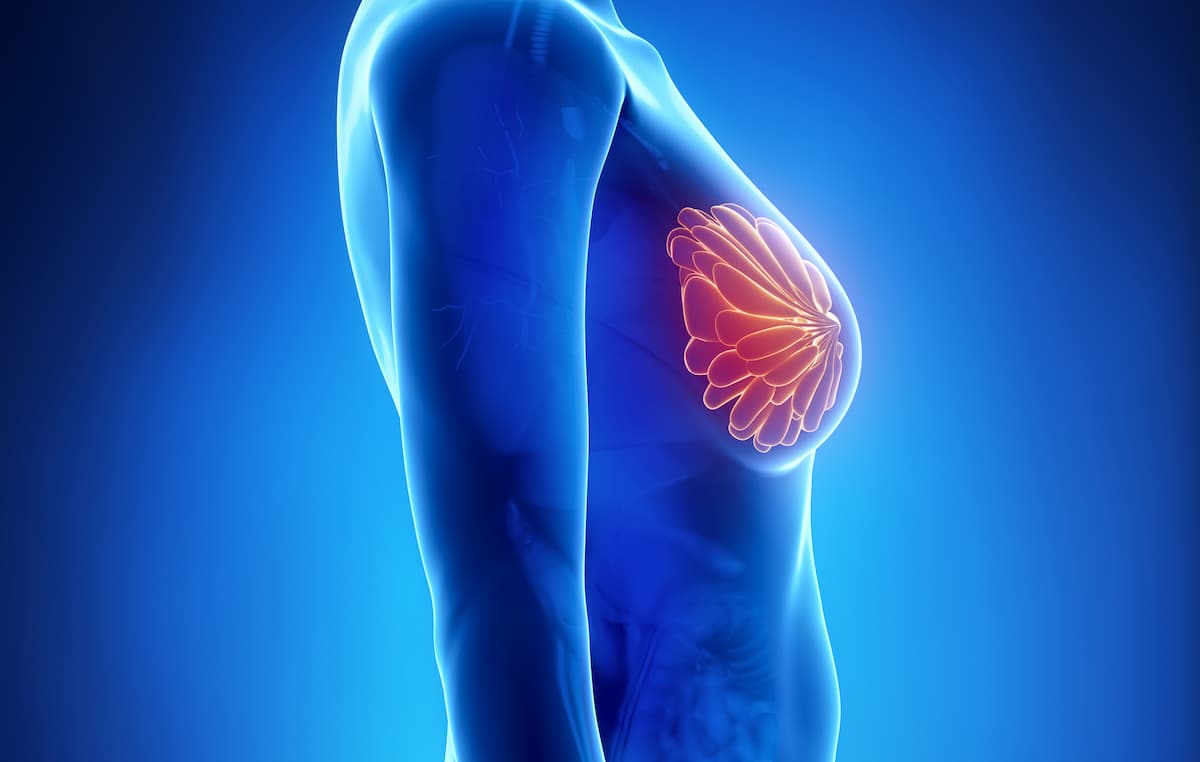- Islamabad offers skilled manpower to help Iraq in reconstruction, development efforts Arab News
- Current levels of bilateral trade do not reflect the true potential of Pakistan-Iraq relations: President Zardari Dawn
- Pakistan, Iraq vow to fight…
Blog
-
Islamabad offers skilled manpower to help Iraq in reconstruction, development efforts – Arab News
-

Majority of Breast Cancer Cohort Opts for Fertility Preservation Strategies
Data from the prospective Premenopausal Breast Cancer Patients’ Fertility Preservation (PREFER) study showed that gonadotropin-releasing hormone agonist (GnRHa) therapy during chemotherapy for early breast cancer was accepted among most…
Continue Reading
-
Exploring the expression and prognostic roles of LAD1 in lung adenocarcinoma
Sung, H. et al. Global cancer statistics 2020: GLOBOCAN estimates of incidence and mortality worldwide for 36 cancers in 185 countries. Cancer J. Clin. 71 (3), 209–249 (2021).
Hamann, H. A.,…
Continue Reading
-

Woman’s death in Oldbury prompts murder inquiry
Ch Insp Imran Mirza, from Sandwell Police, said: “Our thoughts remain with the woman’s family at this awful time who are being supported by specialist officers.
“This is a fast-moving investigation, and we have one person in custody for…
Continue Reading
-

Reflecting on the importance of campus radio as stations continue to close
I got into this business through campus radio. As a freshman in 1980, I applied for a slot on CKUW, the then-closed-circuit radio station at the University of Winnipeg.
It was a dreadful facility, stuck in the basement with barely…
Continue Reading
-

6 ‘Bad’ Foods Dietitians Say Can Help You Poop
- The foods you eat can help promote bowel regularity and decrease risk of constipation.
- Foods like popcorn, bananas and oats contain nutrients to help you stay regular.
- Staying hydrated, exercising regularly and prioritizing fiber can also help.
…
Continue Reading
-

This is what happens inside your body during the toughest rides – and it’s not pretty
Anyone who has really pushed their limits on a bike during an event will have experienced burning thighs, screaming lungs, a pounding heart and oceans of sweat.
But have you ever wondered what is happening to your body when you pedal? And how you…
Continue Reading
-

Thousands of baby bull kelp planted on new rock reef in North Vancouver
Listen to this article
Estimated 4 minutes
The audio version of this article is generated by AI-based technology. Mispronunciations can occur. We are working with our partners to continually review and improve the results.
On a rainy December day,…
Continue Reading
-

Planet-eating stars hint at Earth’s ultimate fate
This article was originally published at Eos. The publication contributed the article to Space.com’s Expert Voices: Op-Ed & Insights.
Our sun is about halfway through its life, which means Earth is as well. After a star exhausts its hydrogen…
Continue Reading
